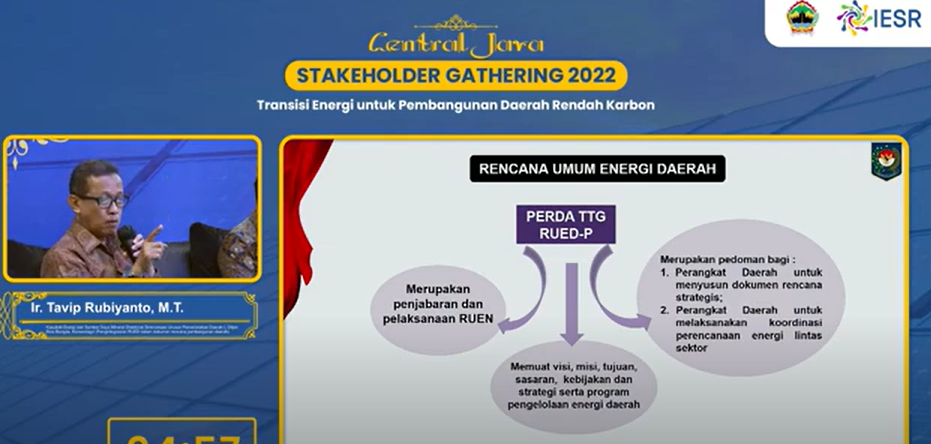
Electric Vehicles to Support Decarbonization of Transport
Jakarta, 28 March 2023 – The energy transition process requires great efforts from all sectors, including the transportation sector. Transport decarboniza... Read more.

Excess Power Supply, PLN Needs to Evaluate the 35 GW Megaproject
Jakarta, February 8, 2023 – The State Electricity Company (PLN) is currently in the midst of a crisis of oversupply of electricity. Several factors cause ... Read more.

Nationwide Synergy and Investment for Indonesia’s Renewable Energy
Jakarta, 6 February 2023 – Indonesia’s journey to net zero emission is still a long and winding road. One of the government’s actions in reali... Read more.

Indonesia Energy Transition Homeworks
(Jakarta, 12 January 2023) – By definition, the energy transition is an effort to change the energy supply from previously a coal-dependent source to clea... Read more.

Government and Industrial Sector Support for Energy Transition in Central Java
Semarang, December 8, 2022 – Indonesia is setting a target to achieve a renewable energy mix of 23% in 2025. In order to encourage the energy transition i... Read more.

Central Java Strategy for Realizing Low Carbon Development
Semarang, December 8, 2022 – The energy transition has become urgent as the world responds to the challenge of building a more resilient energy system. ... Read more.
